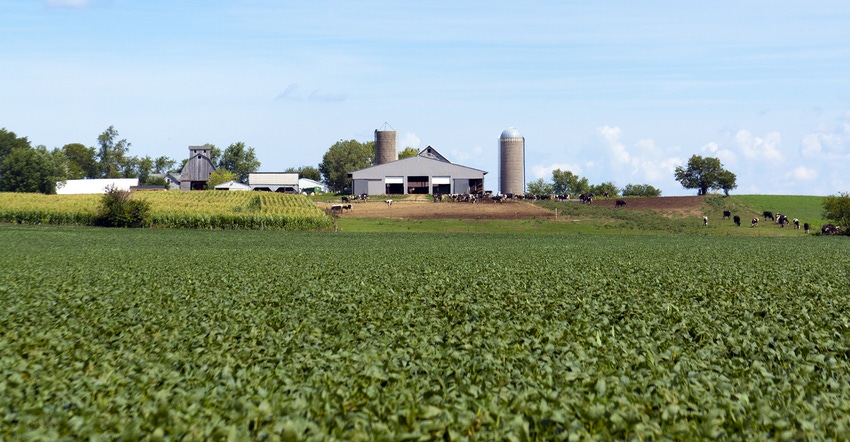
The most tragic report anyone can hear is that of a child either run over by a tractor, suffocated in a grain bin or killed in some other way on a farm. Many people choose farming as their occupation because they want to raise their children in a rural setting and give them positive experiences that can only come from growing up on a farm.
The question becomes, how can you do that without exposing them to unnecessary risks? What hazards are out there that your children should know about if you live on a farm?
The good news, based on the annual farm fatality report for 2016 released by Bill Field, Purdue University Extension farm safety specialist, is that fewer children and young adults die in farm accidents today than in the past. Since 1994, 11% of people killed in farm accidents were under age 18. By contrast, nearly half of the victims were 60 or older.
Four youth were killed in 2016, which is higher than normal. Total deaths for 2016 overall were dramatically higher — the third-highest number of farm fatalities in 47 years.

Field (left) answers questions related to farm accidents in the second half of this interview with Indiana Prairie Farmer. Read the first half here. Charlene Cheng, Field's assistant, helped him prepare his responses.
If a family has children under age 16, what advice can you give them to keep them safe on the farm? First, set realistic expectations for those around you and your operation. This reduces stress and frustration, which can reduce injuries. Many believe that more awareness of children working in hazardous conditions and a change in expectations of what children can do has helped reduce the number of fatalities and injuries for youth under 18 years old.
How can you make your farm a safer place to work overall? Make a personal investment in safety. Buy some new personal protective equipment, take a CPR class, install a ROPS [rollover protective structure] on an older tractor that doesn’t have one, or replace a shield. Don’t just delegate. Become directly involved in making your operation a safer place to work.
How can you set a tone about safety for family members and employees? Clarify to everyone working with or for you that their well-being is important. Encourage them to bring to your attention unacceptable hazards around the farm.
Tell them that you love them and want them to come home safe and sound at the end of each day. Hold them accountable to follow safety practices and provide their own personal protective equipment, and give young workers the training they need beforehand
Is any part of the jump in fatalities last year due to changes in reporting, or are methods still the same? The surveillance method is still the same. We actively collect incident cases through news articles, self-reporting by farmers and obituaries. We would also like to give special thanks to the Department of Labor for their input into our data collection efforts.
Are ag fatalities and accidents accurately reported? Currently there is no requirement to report ag fatalities and incidents to anyone. By working together with the Department of Labor, we have pretty good coverage.
Should the system of reporting be changed? To implement a comprehensive incident reporting system would be very expensive. I believe these resources would be better spent elsewhere, such as in providing free safety consultation.
About the Author(s)
You May Also Like




